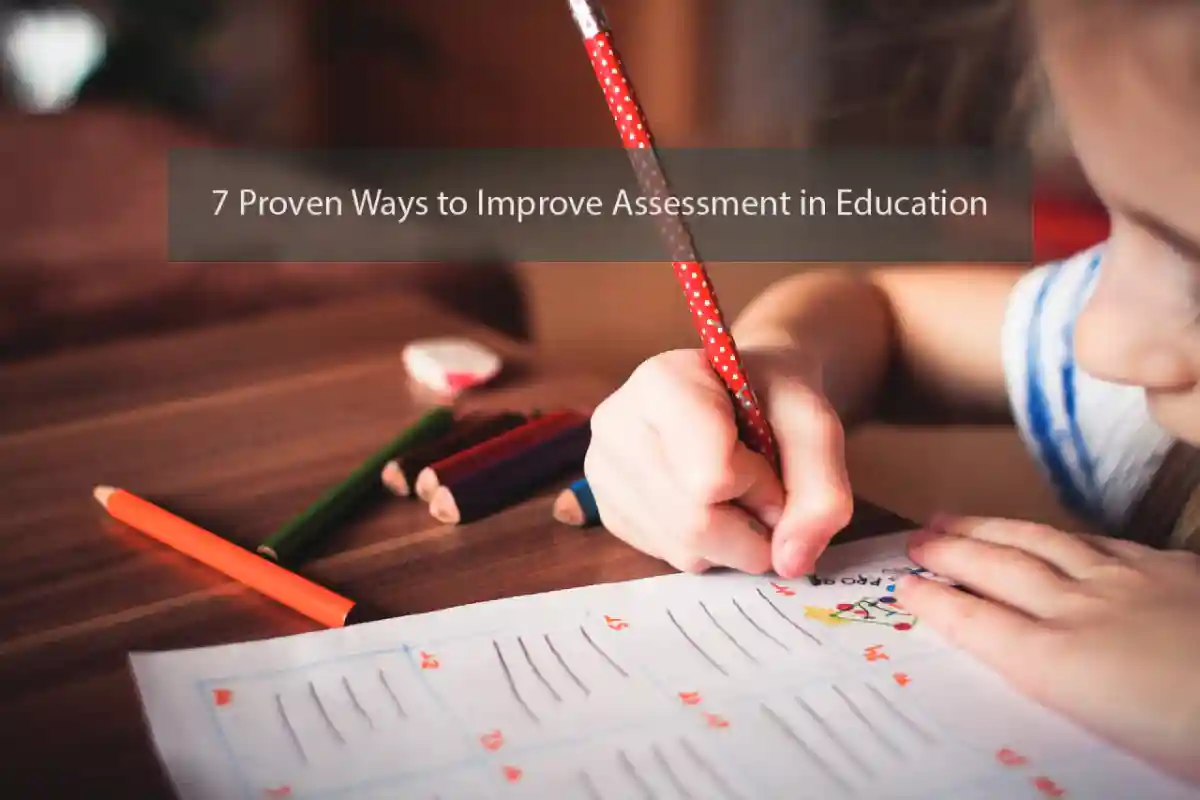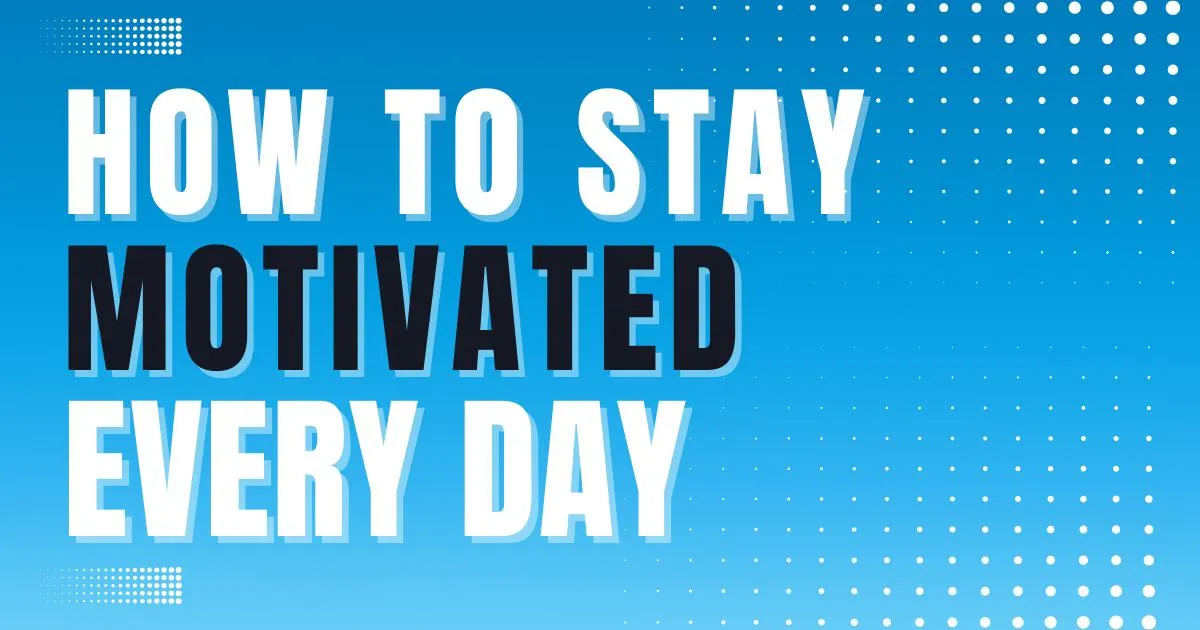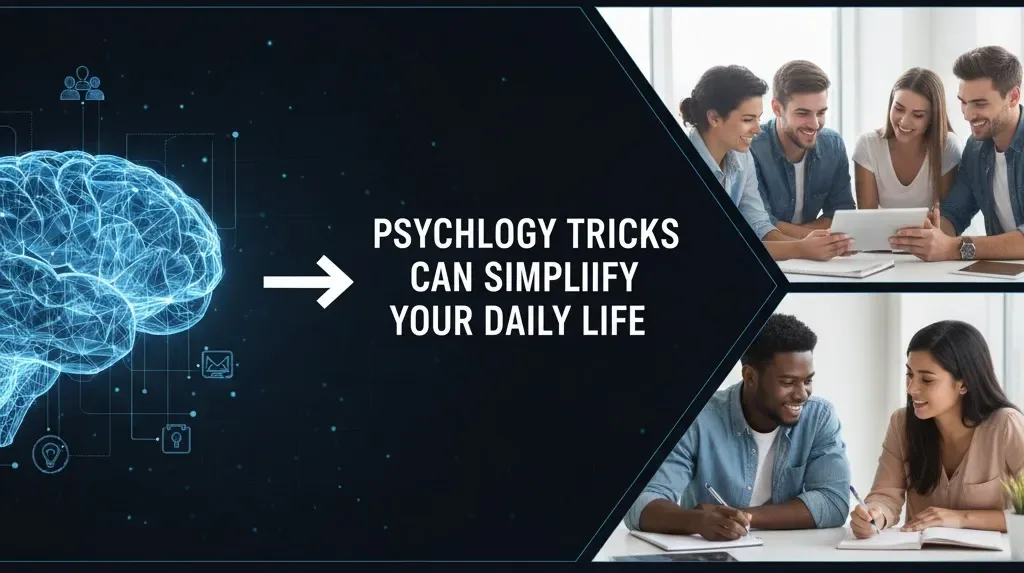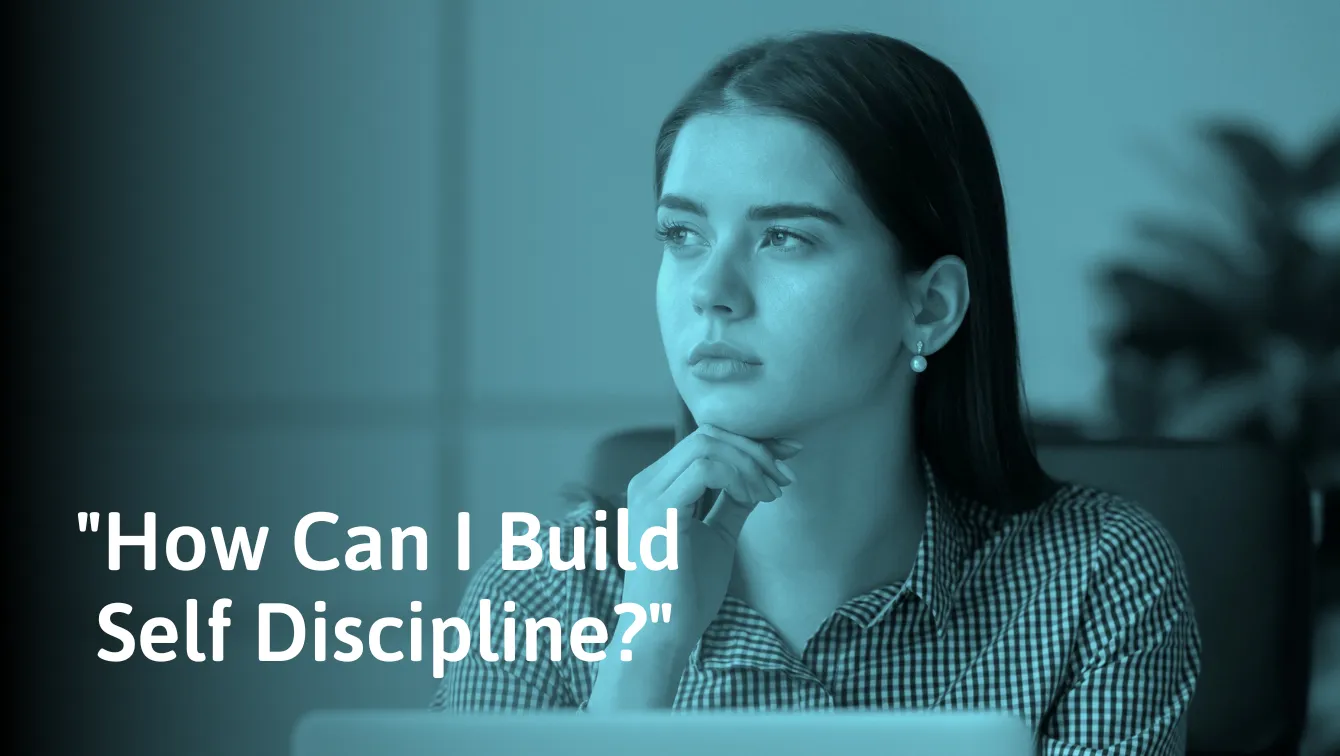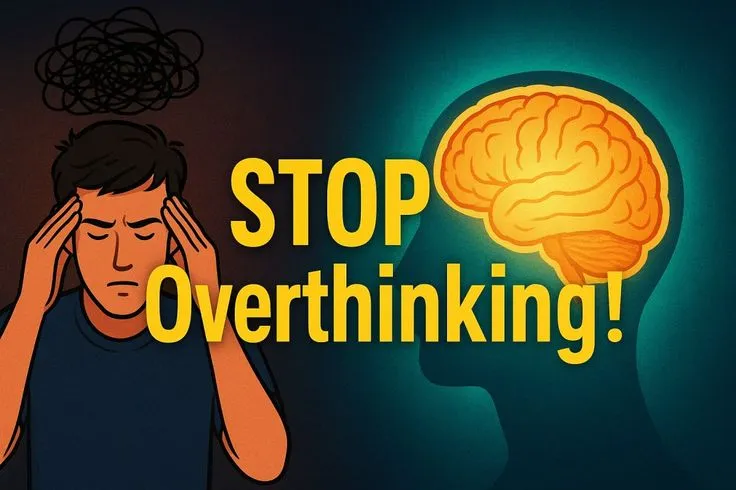Assessment in education is a critical component of the learning process, providing valuable insights into students’ progress and informing instructional strategies. Traditionally, standardized testing has been the primary method of evaluation, but there is a growing recognition that a broader, more comprehensive approach is necessary.
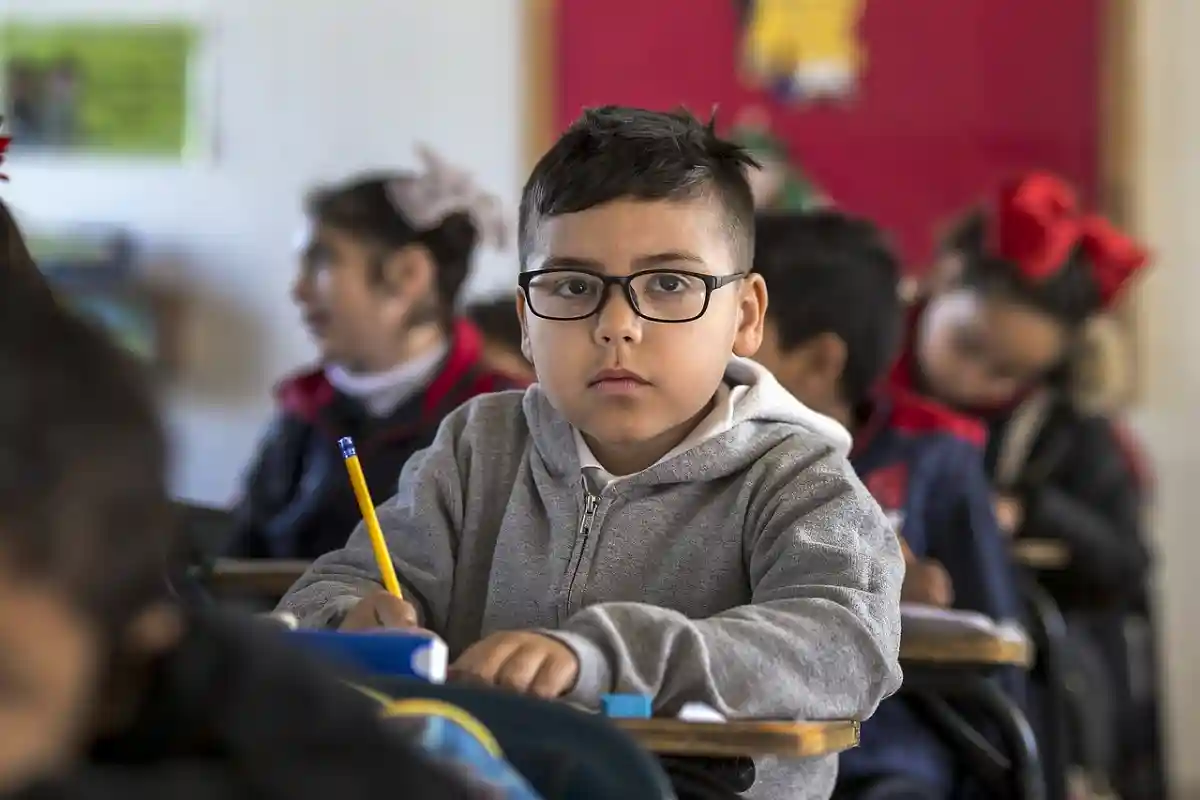
This article explores the limitations of standardized testing and advocates for a diversified assessments framework that encompasses various methods to better capture the multifaceted nature of student learning.
1. The Limitations of Standardized Testing
Standardized tests, while providing a snapshot of a student’s academic performance, often fall short in assessing the full spectrum of their abilities. These tests focus primarily on rote memorization and regurgitation of information, neglecting crucial aspects such as critical thinking, creativity, and practical application of knowledge. Additionally, the one-size-fits-all nature of standardized testing does not cater to diverse learning styles and can disadvantage certain groups of students.
2. Embracing a Holistic Approach
A more comprehensive assessments framework recognizes that education is not just about memorizing facts but also about developing critical skills and competencies. Embracing a holistic approach involves incorporating diverse assessments methods, including project-based assessments, portfolios, presentations, and collaborative projects. These methods provide a more accurate reflection of a student’s ability to apply knowledge in real-world scenarios and encourage the development of essential life skills.
3. Assessing Critical Thinking and Problem-Solving
Critical thinking and problem-solving are fundamental skills needed in today’s dynamic world. Traditional standardized tests often lack the capacity to measure these skills effectively. Alternative assessments methods, such as open-ended questions, case studies, and problem-solving scenarios, offer a more nuanced understanding of a student’s ability to analyze information, make informed decisions, and solve complex problems.
4. Authentic Assessments and Real-World Application
Authentic assessments replicate real-world scenarios, allowing students to showcase their knowledge and skills in practical contexts. This approach moves away from the artificial environment of standardized testing and emphasizes the application of learning to authentic situations. Assessments such as simulations, internships, and hands-on projects provide a more accurate representation of a student’s readiness for the challenges they will face beyond the classroom.
5. Continuous Assessment for Ongoing Feedback
The traditional model of assessments often involves high-stakes, infrequent testing. Shifting towards continuous assessment provides ongoing feedback that is valuable for both students and educators. Formative assessments, quizzes, and regular check-ins allow for the identification of areas that require additional support and enable a more responsive and personalized approach to teaching and learning.
6. Recognizing Individual Differences
Every student is unique, with their strengths, challenges, and preferred learning styles. A diversified assessment approach takes into account these individual differences. Customizing assessments based on students’ strengths, allowing for alternative modes of expression, and considering varied intelligences contribute to a more inclusive and equitable evaluation system.
7. Technology as an Enabler of Innovative Assessment
Advancements in technology open up new possibilities for innovative assessment methods. Digital platforms, interactive simulations, and artificial intelligence can be leveraged to create dynamic and engaging assessments. Technology enables educators to assess not only what students know but also how they navigate and apply their knowledge in a digital landscape.
Conclusion
Moving beyond standardized testing requires a paradigm shift in how we perceive assessments in education. A comprehensive approach acknowledges the multifaceted nature of learning and embraces diverse methods that foster critical thinking, problem-solving, and real-world application. By recognizing individual differences, incorporating technology, and promoting continuous assessment, educators can create a more inclusive, equitable, and effective assessment system that prepares students for success in the complexities of the 21st century.

